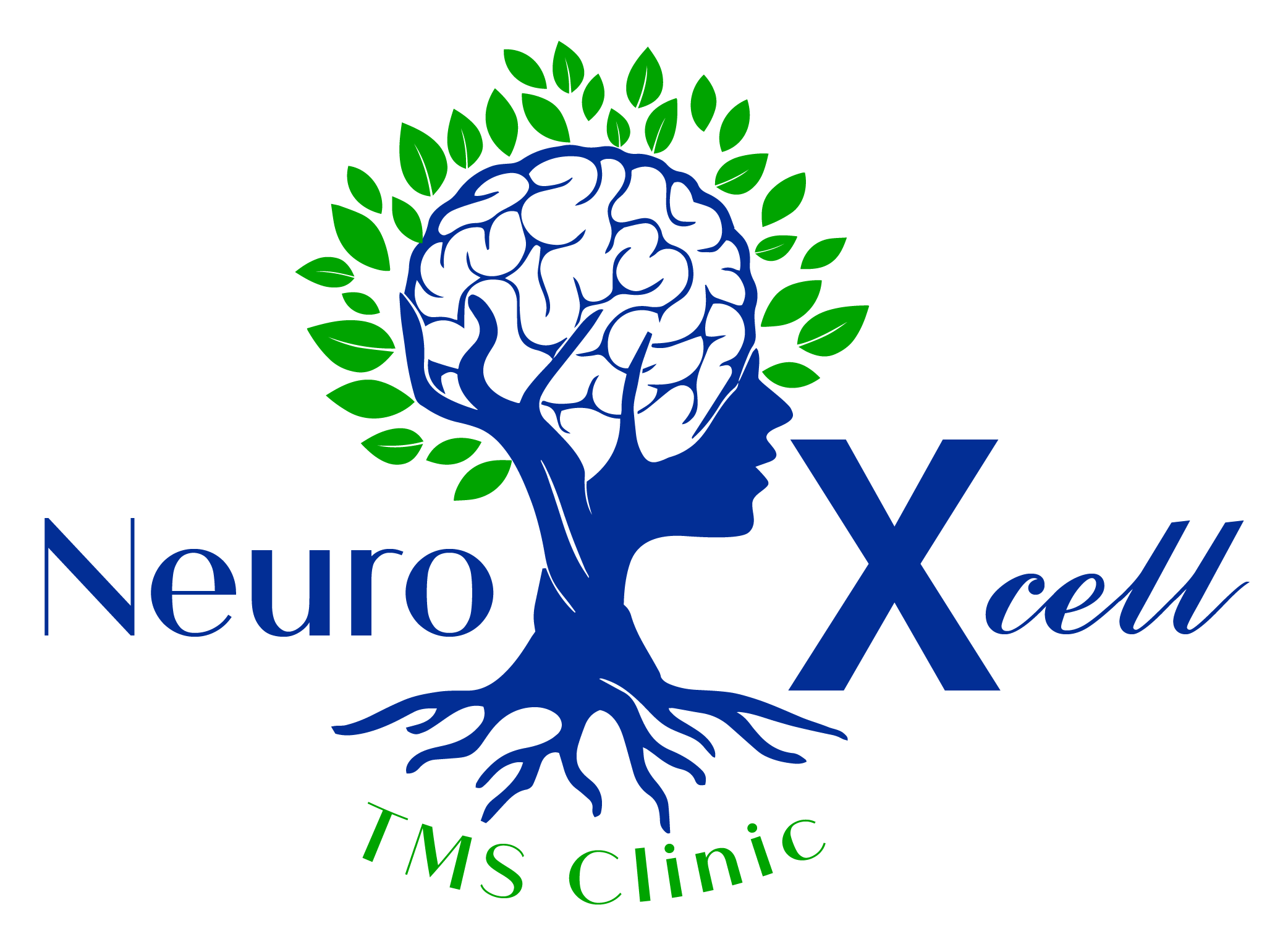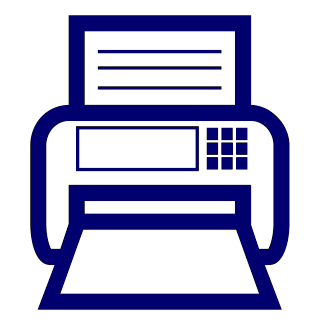TMS for Chronic Pain
Safe
Effective
Non-Invasive
Affordable




Though everyone experiences pain, chronic pain is a debilitating condition where an individual feels pain for an elongated period of time. Chronic pain can often present without an apparent cause. In general, someone is diagnosed with chronic pain after having discomfort that lasts for more than 3 months.
In some cases, chronic pain stems from an acute injury that damages the nerves in the area, resulting in pain that extends well beyond the typical healing period. For others, the source of pain is not easily located, resulting in an extended period of symptomatic treatment as doctors search for the cause.
Conditions like arthritis, cancer, fibromyalgia, and migraines may be more difficult to diagnose as a cause of chronic pain without testing.
Once someone is diagnosed with chronic pain, doctors will likely run a series of tests to try and determine whether or not it is the result of an injury, a malfunction of the nervous system, or chronic pain with a more elusive and ambiguous origin.
Regardless of the cause, chronic pain should be taken seriously until a patient receives the care and relief they deserve.
Abstract
Current data suggest that transcranial magnetic stimulation (TMS) has the potential to be an effective and complimentary treatment modality for patients with chronic neuropathic pain syndromes. The success of TMS for pain relief depends on the parameters of the stimulation delivered, the location of neural target, and duration of treatment. TMS can be used to excite or inhibit underlying neural tissue that depends on long-term potentiation and long-term depression, respectively. Long-term randomized controlled studies are warranted to establish the efficacy of repetitive TMS in patients with various chronic pain syndromes.
Keywords: Chronic pain; Fibromyalgia; Migraine; Neuromodulation; Neuropathic pain; Transcranial magnetic stimulation.


